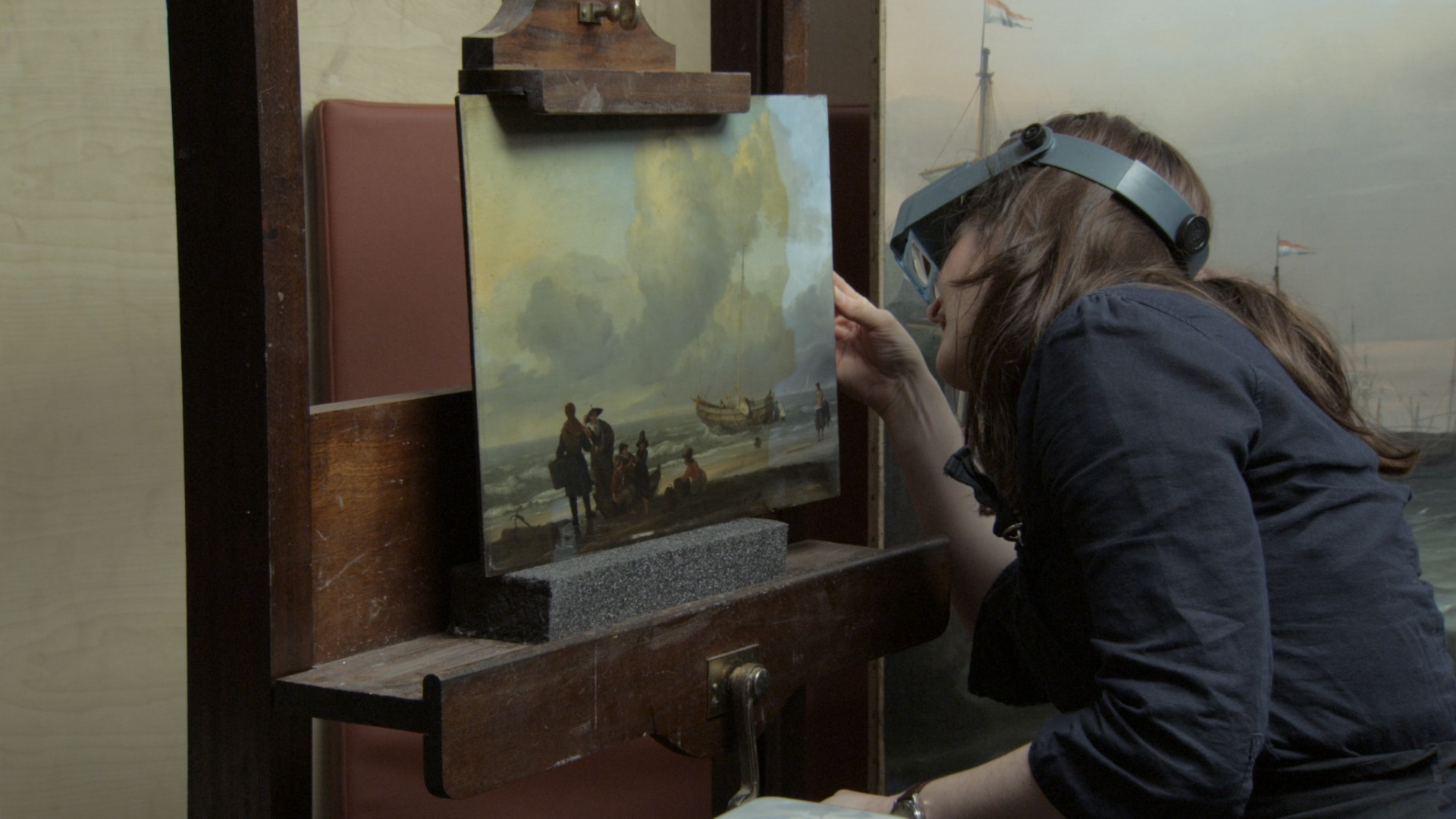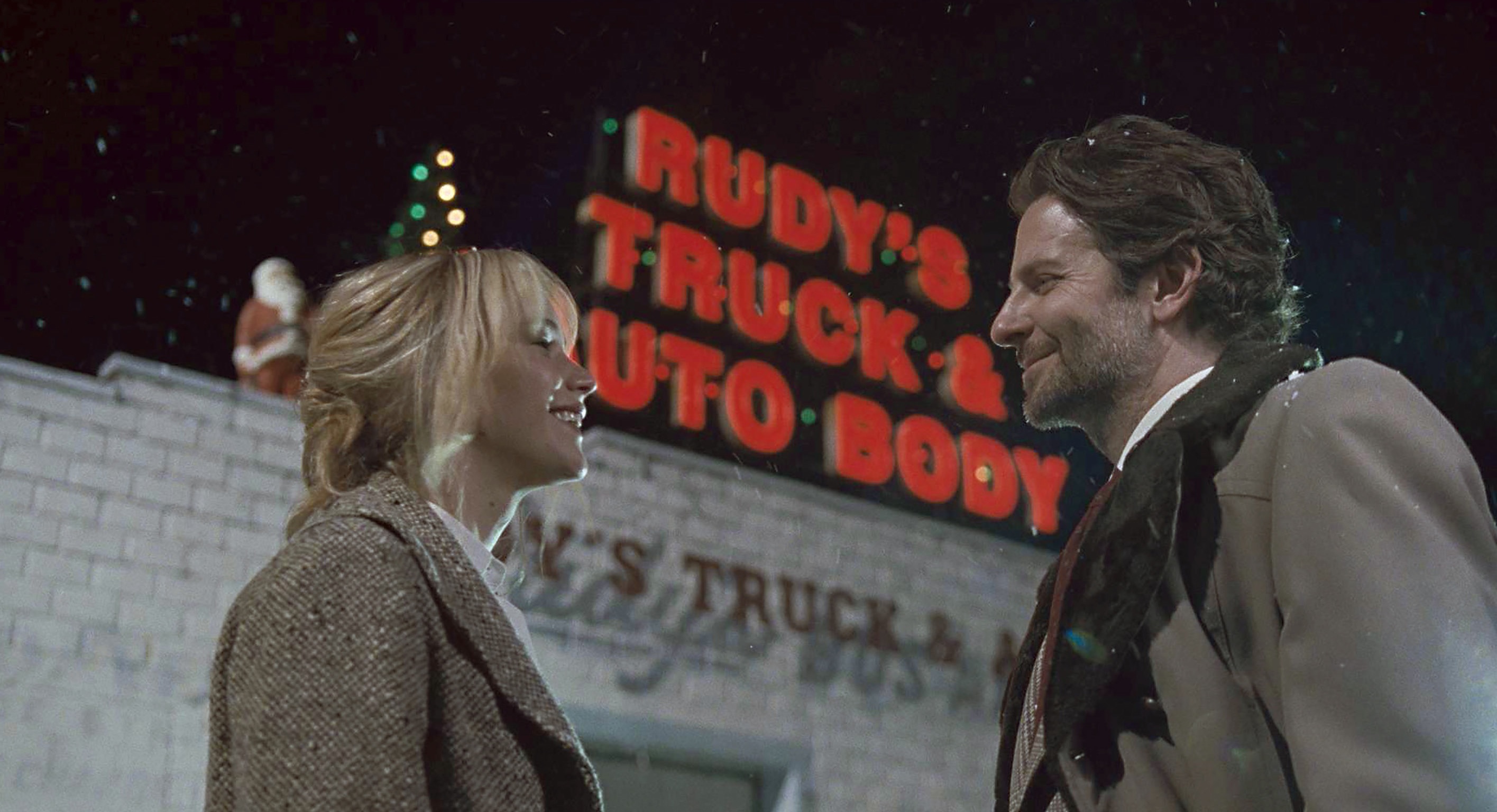National Gallery
Runs Fri., Dec. 5–Thurs., Dec. 11 at Northwest Film Forum. Not rated. 173 minutes.
Much as I hate the tedious methodology of a Frederick Wiseman documentary (no narration, no graphics, no interviews, just endless fly-on-the-wall footage), it’s hard to argue with the results. On one level, this is a three-hour movie about people looking at and discussing the paintings in London’s National Gallery; and some bits are less than scintillating. On another, it’s a forced engagement with a living, breathing, budget-worrying institution that’s trying desperately to attract time-crunched visitors—people who dread a long, dreary trip the museum, just as I dread each long new Wiseman doc.
The challenge for the National Gallery’s staff—never named, of course—is Wiseman’s challenge writ large: Take something we think we all know, seemingly old and dull, and force the spectator to see it anew. In every frame of National Gallery you sense his craftsman’s respect for the curators, scholars, conservators, docents, installation guys, and even the floor sweepers. This is not glamorous work. This is, in a deeper sense, obeisance to antiquity. (The museum collection spans the 13th through 19th centuries.) In our age of Instagram, such devotion seems deeply outdated and unfashionable. Wiseman can surely relate.
Unlike most of Wiseman’s 40-plus past docs (Titicut Follies, At Berkeley, etc.), National Gallery has the benefit of some paid professional talkers: staff members who give erudite, funny, engaging public tours. These are people whose mission it is to connect Leonardo and Titian and Rembrandt with modern museumgoers. Appraising Michelangelo’s famously unfinished The Entombment, a curator quips of Mary Magdalene, who seems to be studying her blank palm, “It looks like she’s checking her e-mail, doesn’t it?” Hanging a restored Renaissance triptych, a curator directs the spotlighting being minutely adjusted by a guy on a scaffold high overhead. Up, down, left, right, more, less, yes, good, no . . . craning his head high up and low, blinking between the painting and harsh lighting, he tells a colleague, “This is why I usually bring my sunglasses.”
As ever with Wiseman, there’s no context. Are visits up or down? The cocktail reception for a Turner show seems to bode well (and primes us for Mike Leigh’s acclaimed biopic Mr. Turner, due January 23). But, as with the budget meetings and school tours we see, it’s unclear if the National Gallery is thriving or treading water. In earlier works like Hospital, Public Housing, and Welfare, Wiseman was more of a muckraker: His interest seemed to be institutions in crisis that were failing the citizenry. If the guy came to your door, it meant trouble. However, recent films like La danse and Crazy Horse have felt more like tributes. Wiseman is now such an eminence—an institution in his own right—that you’d be crazy to turn him away.
In one scene here, a guy I presume to be the National Gallery’s director suffers a marketing woman’s suggestions with pained politeness—his mind is in a different century, no doubt. Yet letting Wiseman in the building proves to be a genius PR move. Watch the movie and you’ll want to visit. And though it’s reasonable for Seattle viewers to ask whether their three hours might be more fruitfully spent at one of our local museums, I’d argue that National Gallery will enhance your next visit. Only the paintings are fixed in time. Not so the institutions.
bmiller@seattleweekly.com








